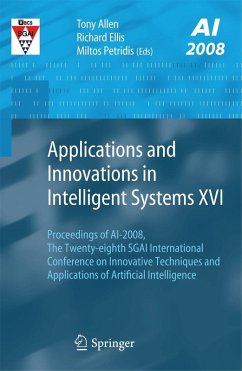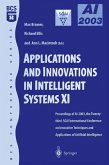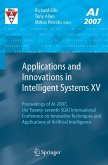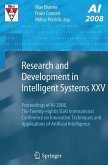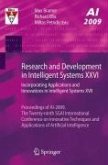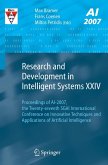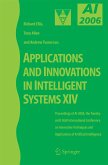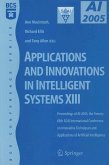They present new and innovative applications of artificial intelligence across a wide range of domains; divided into sections on Machine Learning, Web Technologies, Intelligent Systems and AI in Health Care. The volume also includes the text of short papers presented as posters at the conference.
This is the sixteenth volume in the Application and Innovations series, which offers an annual snapshot of the latest applications of artificial intelligence across industry, commerce, education and government.
The Technical Stream papers are published as a companion volume under the title Research and Development in Intelligent Systems XXV.
Dieser Download kann aus rechtlichen Gründen nur mit Rechnungsadresse in A, B, BG, CY, CZ, D, DK, EW, E, FIN, F, GR, HR, H, IRL, I, LT, L, LR, M, NL, PL, P, R, S, SLO, SK ausgeliefert werden.

